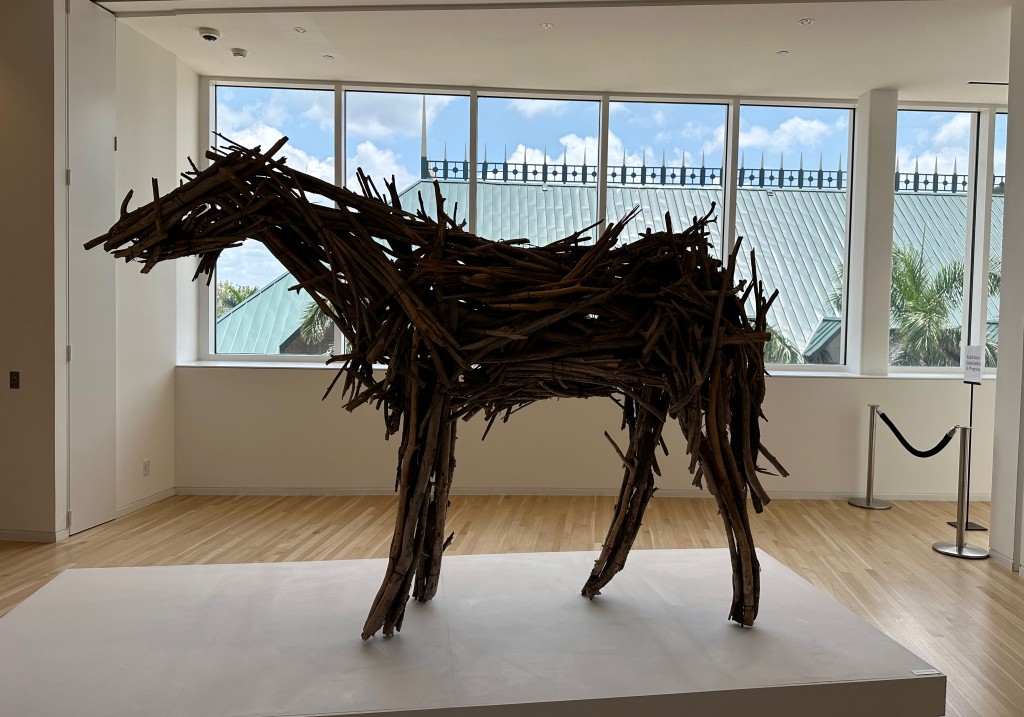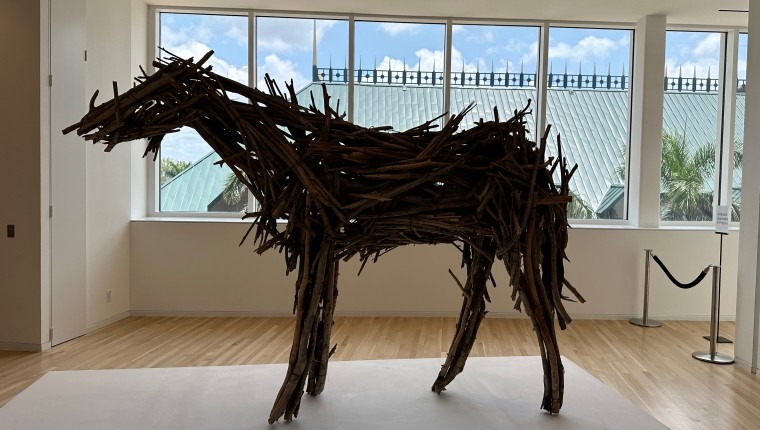. . .
I went south and visited The Baker Museum in Naples recently. This museum is part of the Artis–Naples cultural complex that is also home to the Naples Philharmonic.
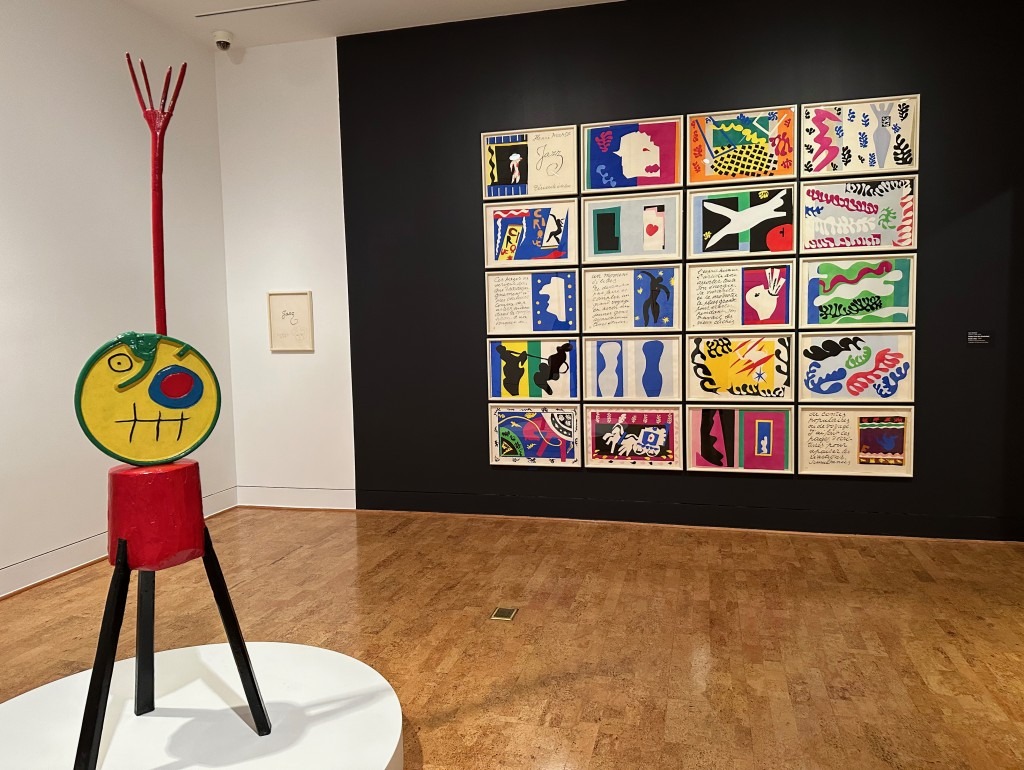
In addition to the museum building, there are two performance halls, an educational center, and the Norris Garden courtyard for receptions and outdoor events.
It was one of these outdoor events where an old acquaintance, composer Kat Epple was performing with her musical collaborators that had me making the trip.
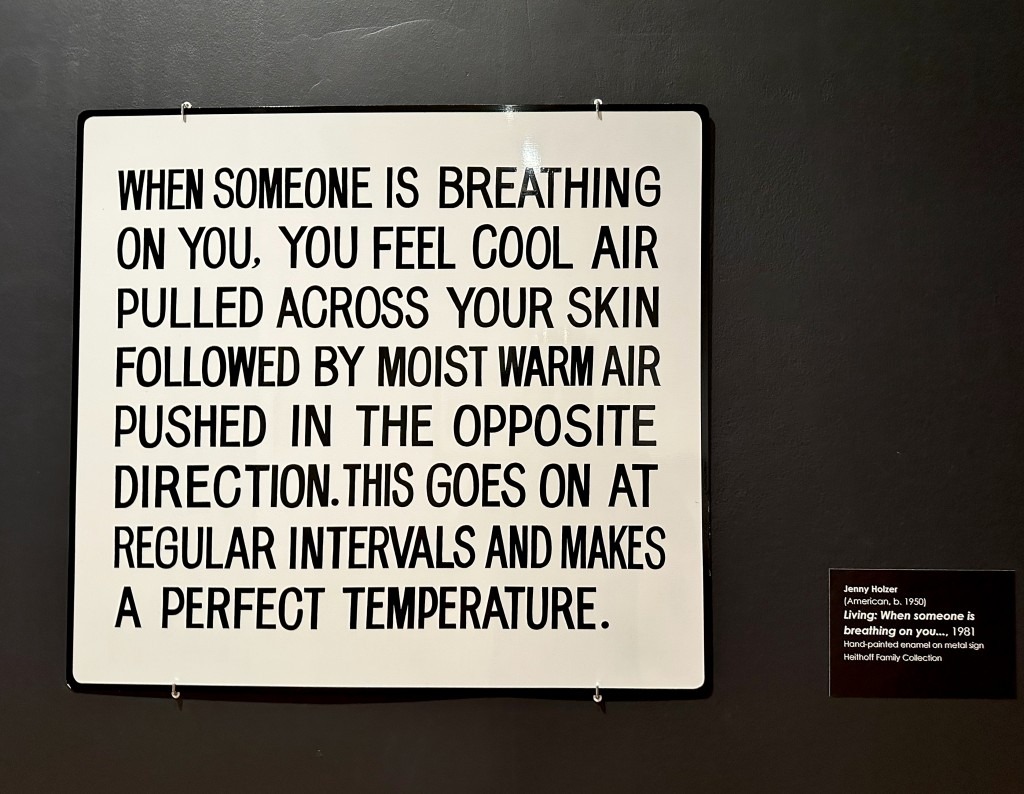
At any one time, the museum hosts several exhibitions concurrently. I’ve driven past this place on my way to Miami so many times over the years and yet knew nothing of its existence. This will now be a regular stopping point.
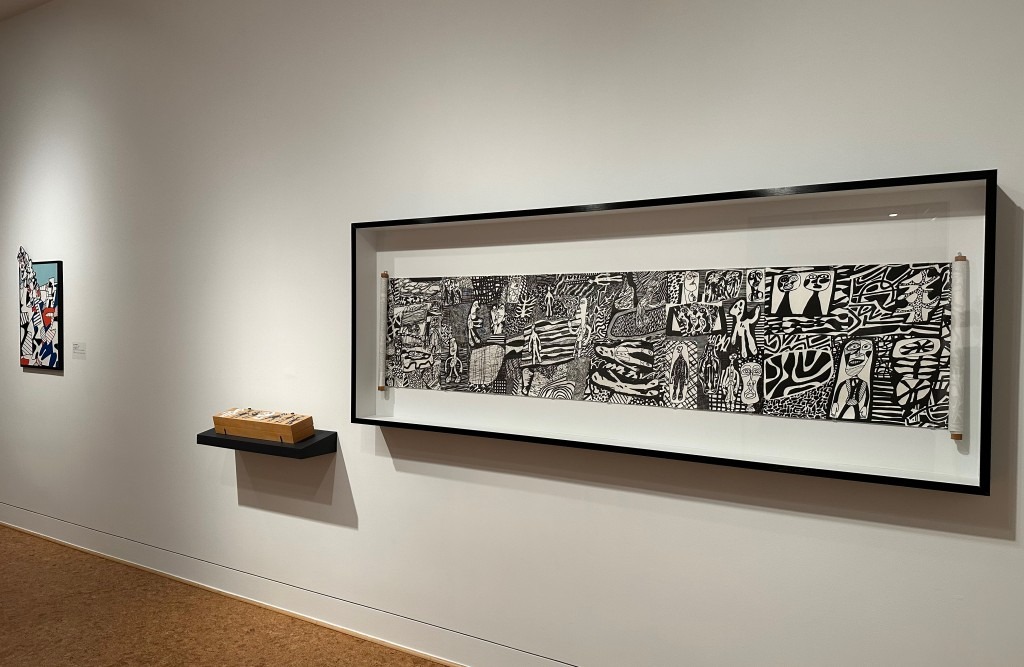
Current Exhibitions include
Love Stories from the National Portrait Gallery, London
Magritte: Reflections of Another World
3° of Separation, Artistic Connections in the Permanent Collection
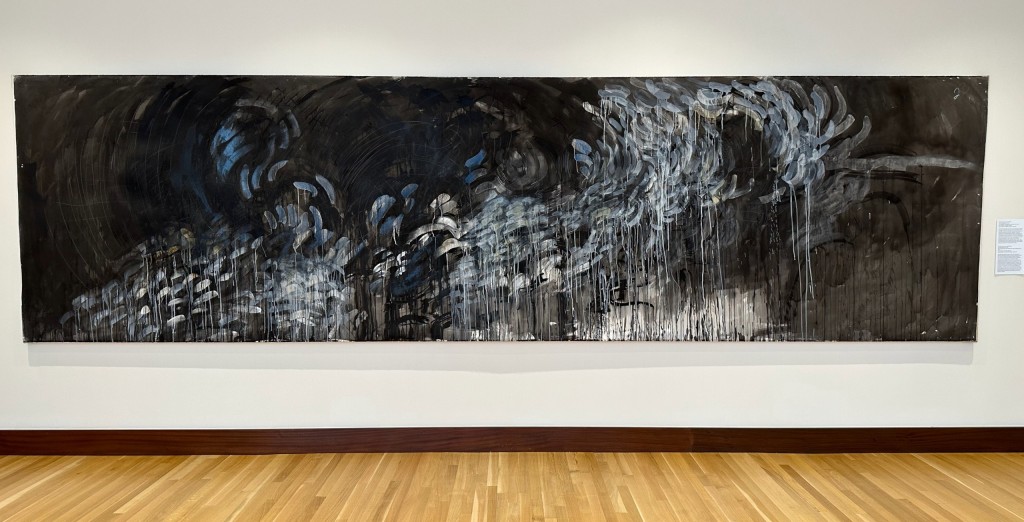
The Florida Contemporary 2022-23 is an annual curated exhibition featuring artists who reside in Florida. This year is the tenth iteration highlighting Edouard Duval-Carrié from Miami, Ya Levy La’ford from Tampa and Robert Rivers from Maitland.
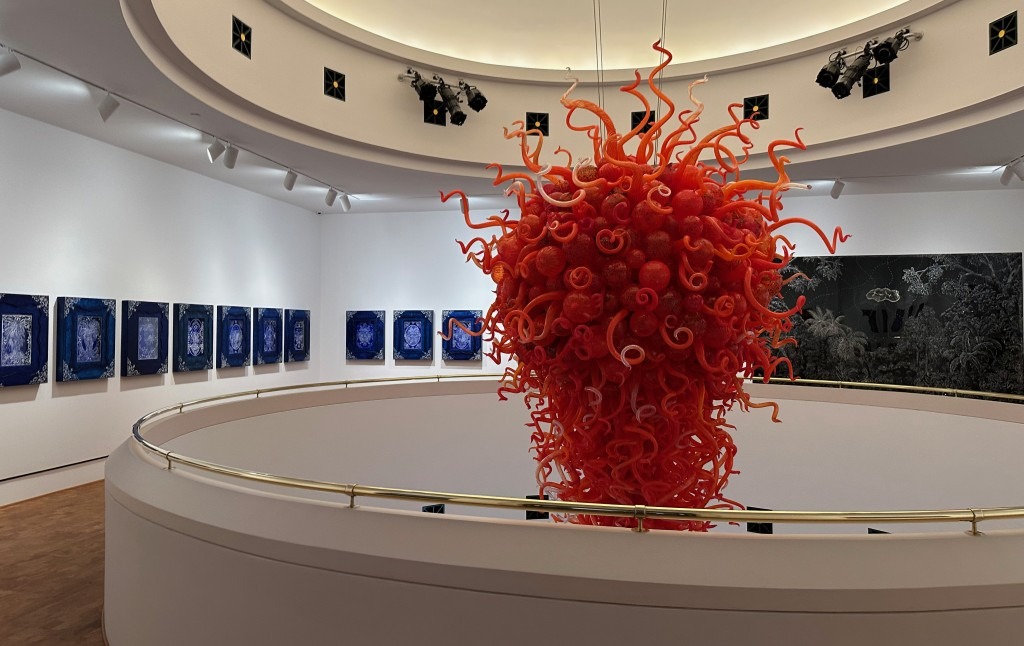
Florida Contemporary is installed in the two rotunda galleries, anchoring the north and south sides of the Hayes Hall Lobby, across the Norris Garden courtyard from the museum.
Each rotunda is two stories with an opening in the center. Former Creative Pinellas Artist Laureate Akiko Kotani from Gulfport and USF College of the Arts faculty Noelle Mason were in last year’s curation.
This year’s three artists could not be more different.
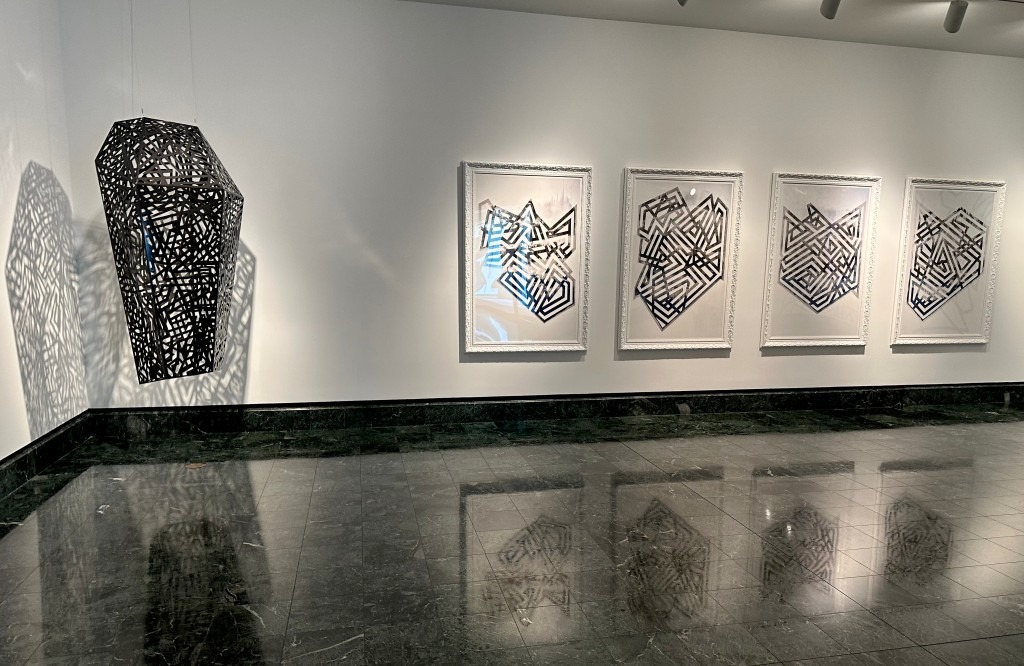
In the first floor of the south rotunda, Ya Levy La’ford’s heavy geometric lines create patterns that “are both an exploration of self and place, as well as the complexities of the human community.”
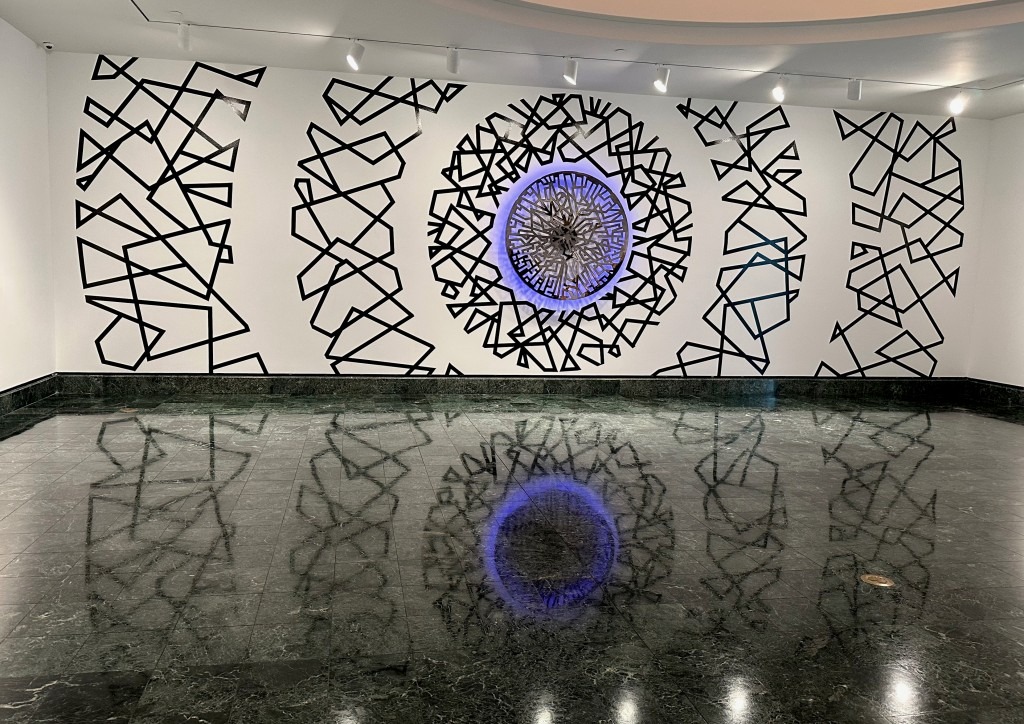
These line patterns bring to mind geometries of the Arab world, labyrinths, and echoes of the light installations of Pakistani-American artist Anita Quayyum Agha, who has lived on the boundaries of Islam and Christianity, Pakistan and the United States.
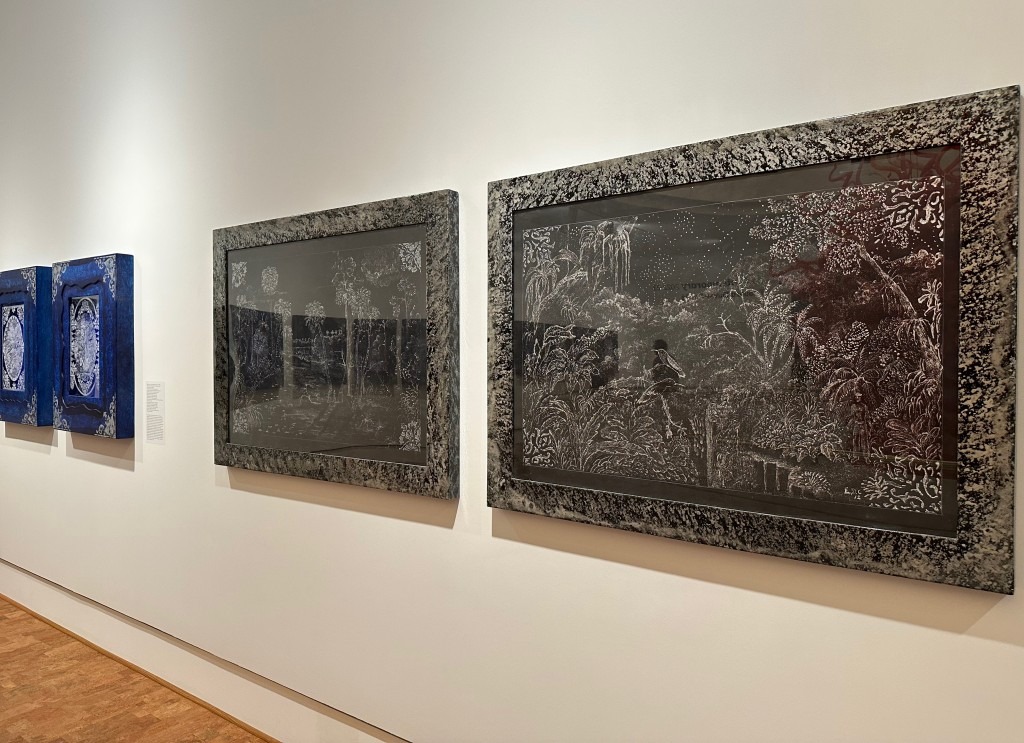
On the second floor is Edouard Duval-Carrié whose work, framed in historical colonial backdrop, has the feel of primitivism in the vein of Edward Hicks’ Peaceable Kingdom paintings, and the dense botanical jungles of Henri Rousseau in a style similar to Chinese silk embroidery. Quite unique.
As the didactic panel explains, Duval-Carrié’s work is “rooted in an artistic movement called Haitian Indigenism, merges the iconography of the sacred Haitian tradition of Vodou with references to the tropical vegetation of Haiti’s natural environment.”
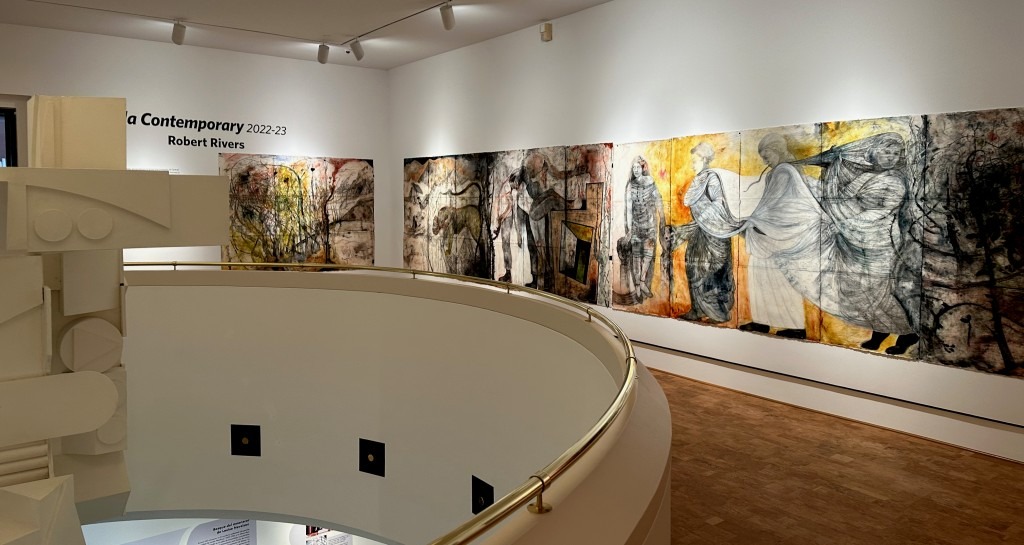
Robert Rivers’s installation is on the second floor of the north rotunda gallery, an epic ongoing series that “is his magnum opus, epitomizing his artistic approach and concerns he has engaged with over the past five decades.”
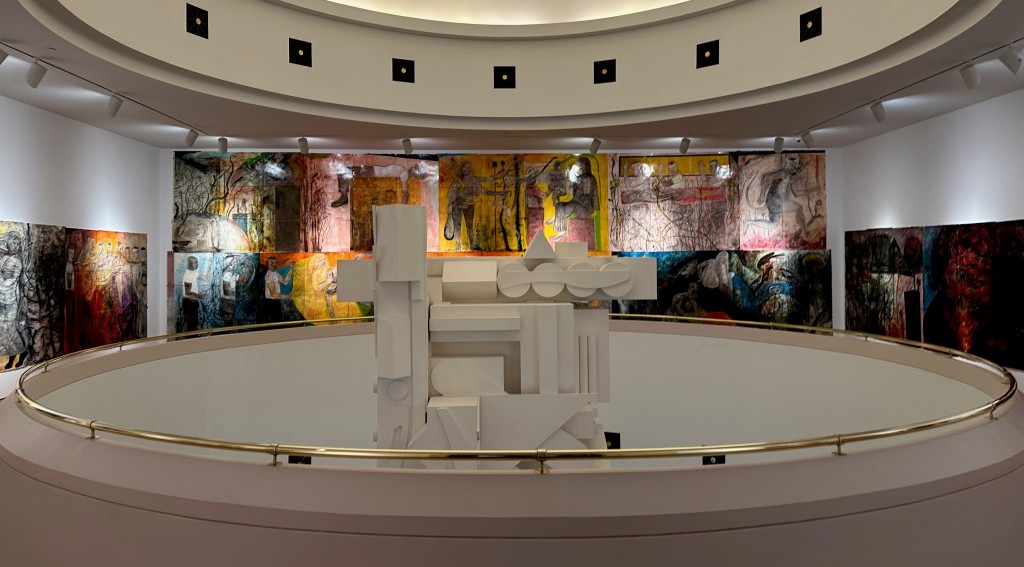
Titled The Promised Land, what is exhibited here is but a small excerpt from of over 350 panels he has created, that are not necessarily linear and that Rivers continues to add to. I think of Leo Tolstoy’s literary War and Peace, looking at these narrative expressions – mixed with history, mixed with philosophy, mixed with commentary.
Punctured through the rotunda galleries are two pieces from Baker’s collection – on the north is Louise Nevelson, whose monumental white painted totem Dawn’s Forest rises from the first floor to the second.
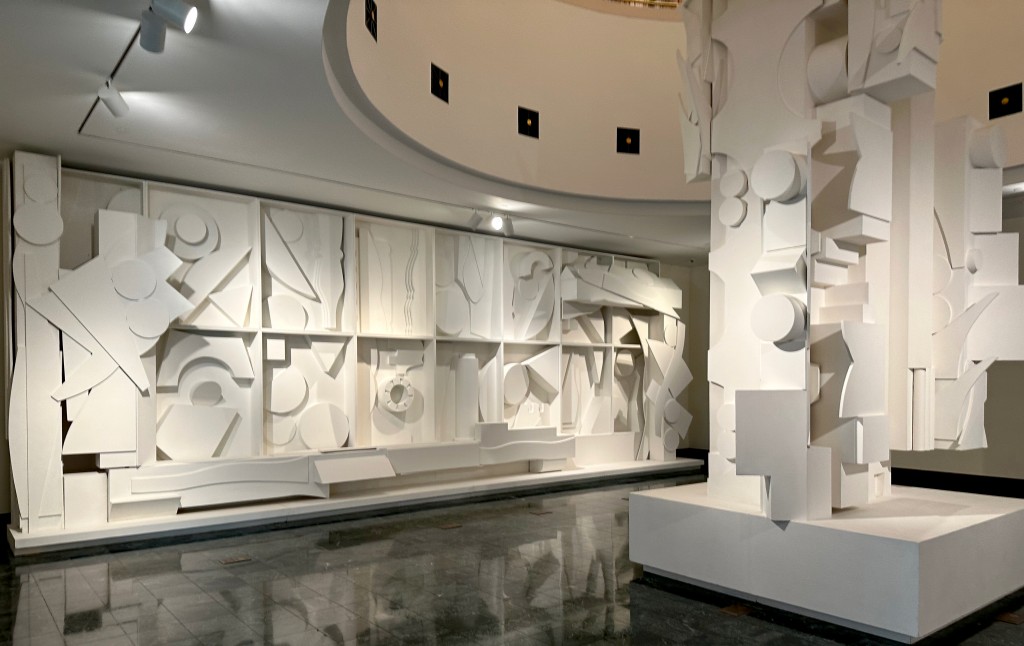
This piece, part of a larger 12-section sculpture was at one point installed at Southwest Florida International Airport in Fort Myers. And a dramatic Red Chandelier by Dale Chihuly hangs from the dome in the south rotunda.
Exhibitions have always created these types of visual conversations between unlikely participants.
Walk across the Norris Garden courtyard, past an outdoor Chihuly installation to the Baker’s three-story building, where one is met with another Chihuly in the atrium – long narrow almost spear-like, piercing all three floors of the museum.
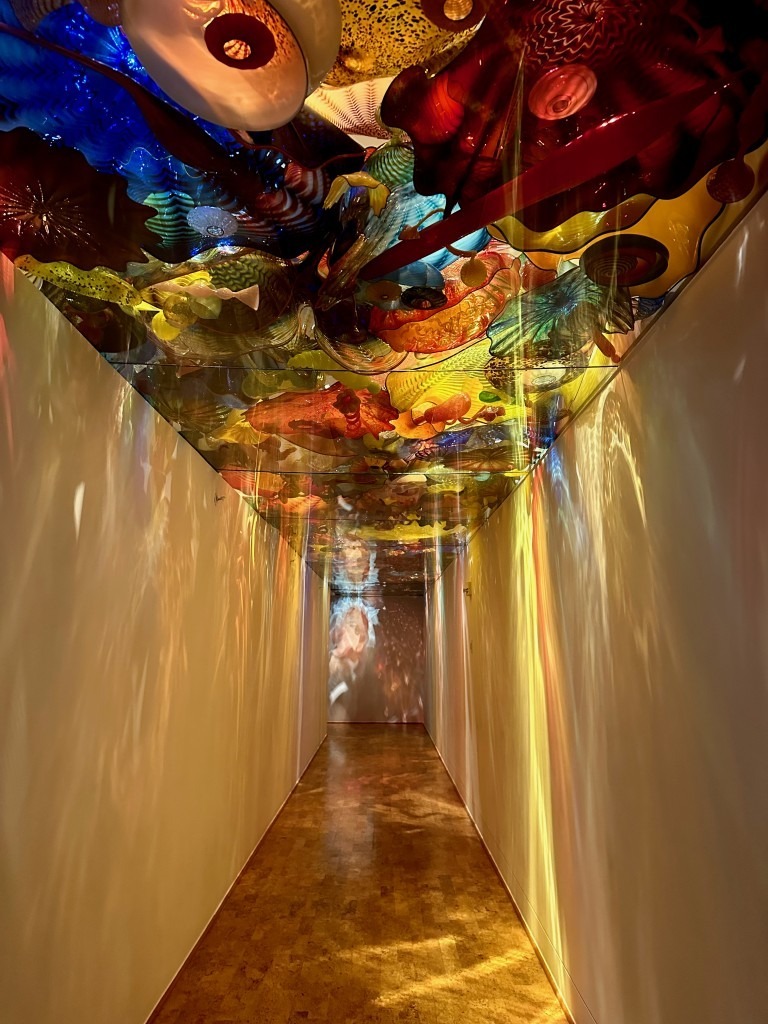
There’s a fourth Chihuly, Persian Seaform Ceiling, creating a colorful undersea-like corridor connecting galleries on the third floor. Versions of this ‘ceiling’ can be seen in many museums including the Morean Art Center’s Chihuly Collection in St. Petersburg.
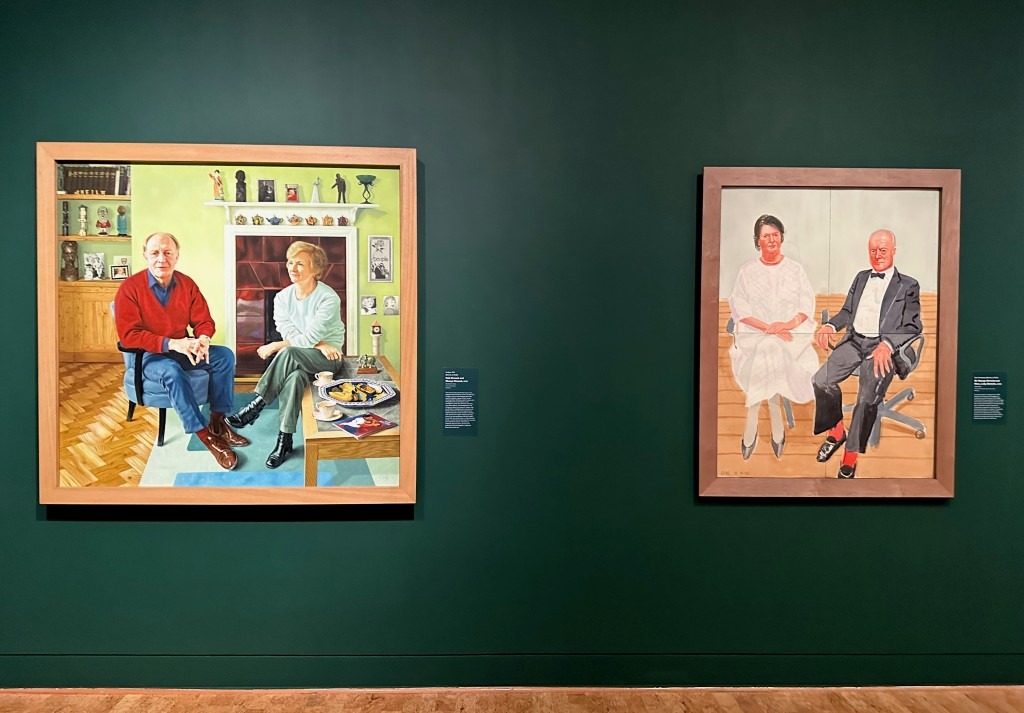
Also on the third floor is an exhibition curated from the National Portrait Gallery in London, England. Love Stories comprises over 100 works telling the many facets and relationships of love and romance through changing values, social orders and mores.


There’s “Love and Creativity” as in love between writers, artists in shared studios with their muses. “Portraits and Marriage” – of wedding days, married and partners in life.

“Love Against the Odds” – of forbidden loves, love defying social norms, love across class, politics, race. “Love and the Lens” – on love lives of the famous in the age of photojournalism and paparazzi frenzy.
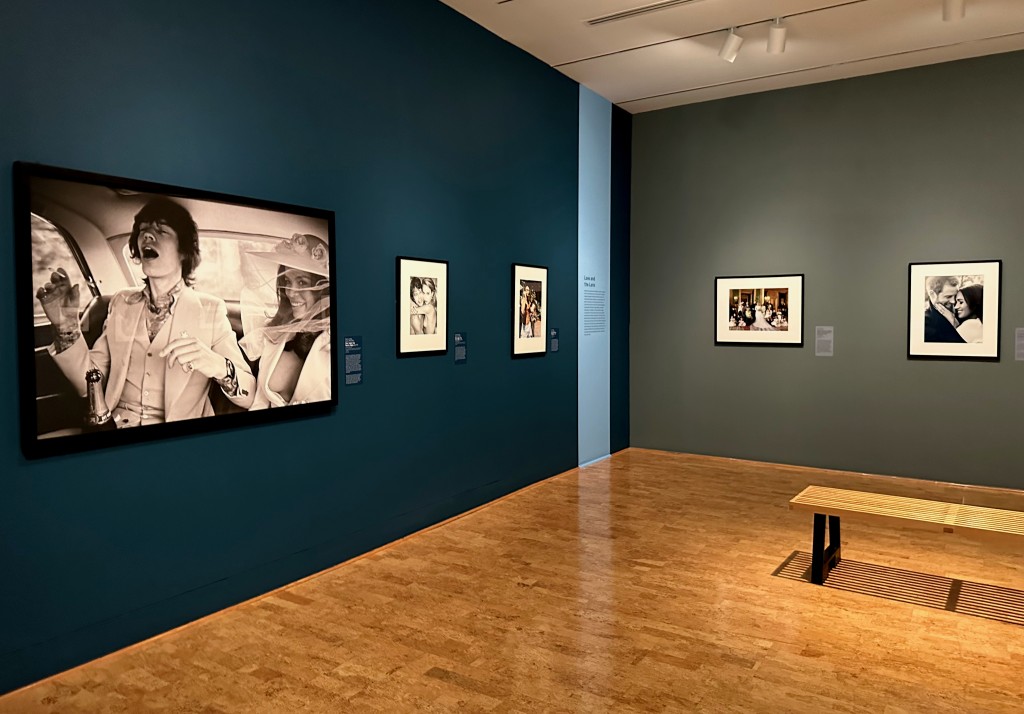
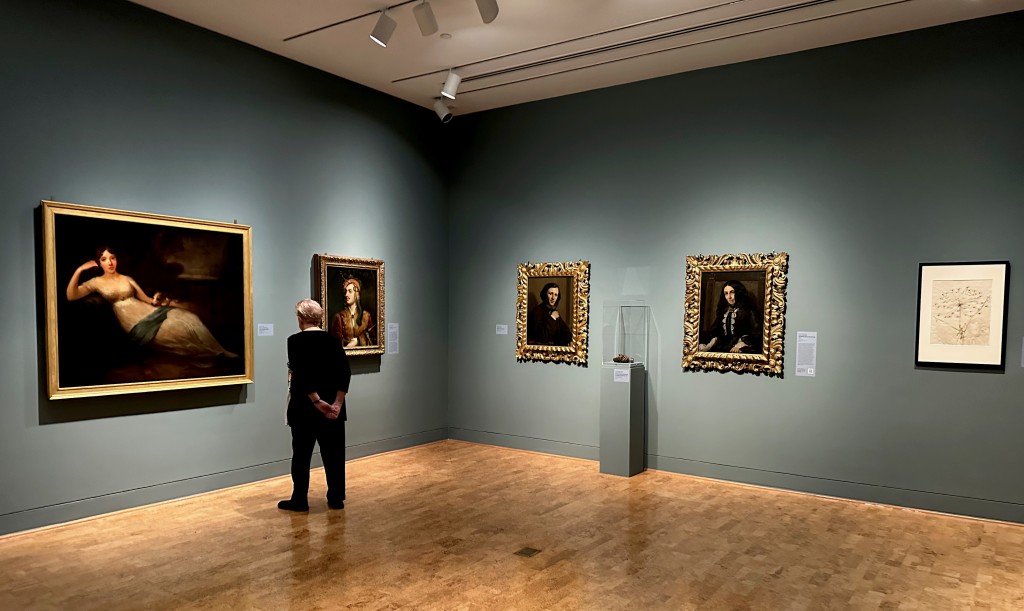
On the second floor are two exhibitions, Naples Collects 2022-23 featuring artworks from 17 collectors in the Naples area – and an intimate gallery of five René Magritte paintings and ephemera on loan from the Van Parys family.
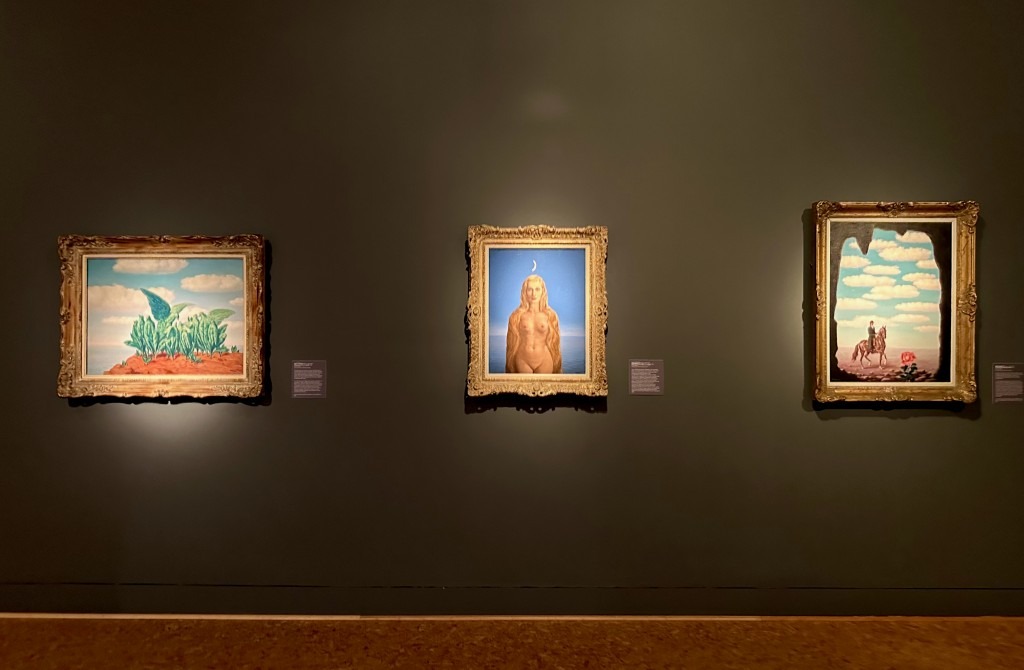
Naples Collects is like skipping stones across a mirror lake – taking viewers across wide range of taste and styles, methods and materials. Perfect for both art experts and laypeople.
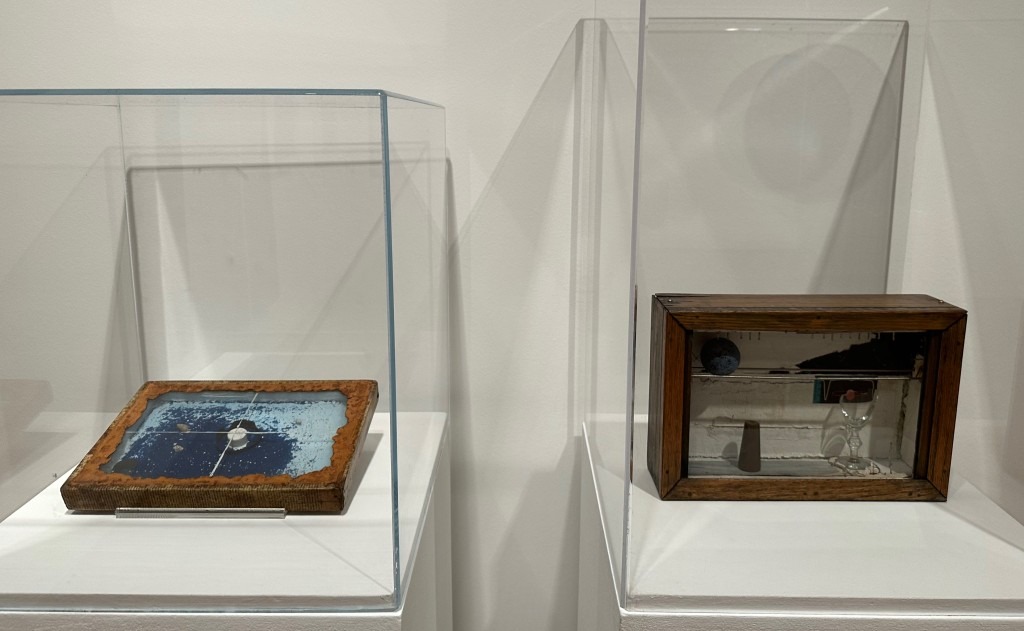
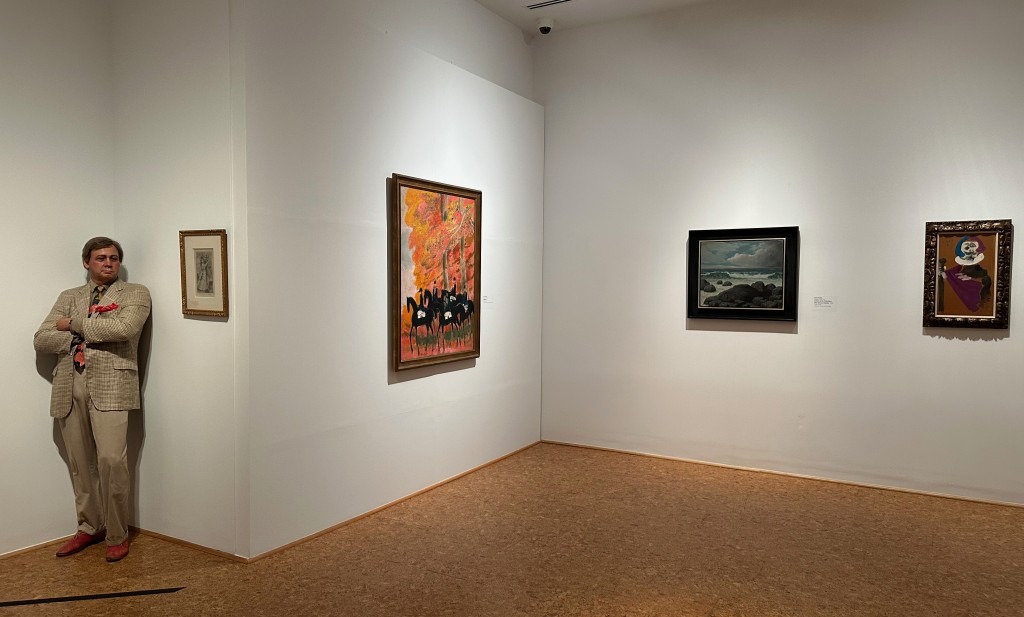
There is art from well known artists like Joan Miró and Henri Matisse, to the lesser known Lucas Samaras or Ran Hwang. There’re paintings, sculptures, wood carvings, assemblages, text-based, abstract, figurative, landscapes, works on paper, in glass, steel – in all a delightful jambalaya mix.
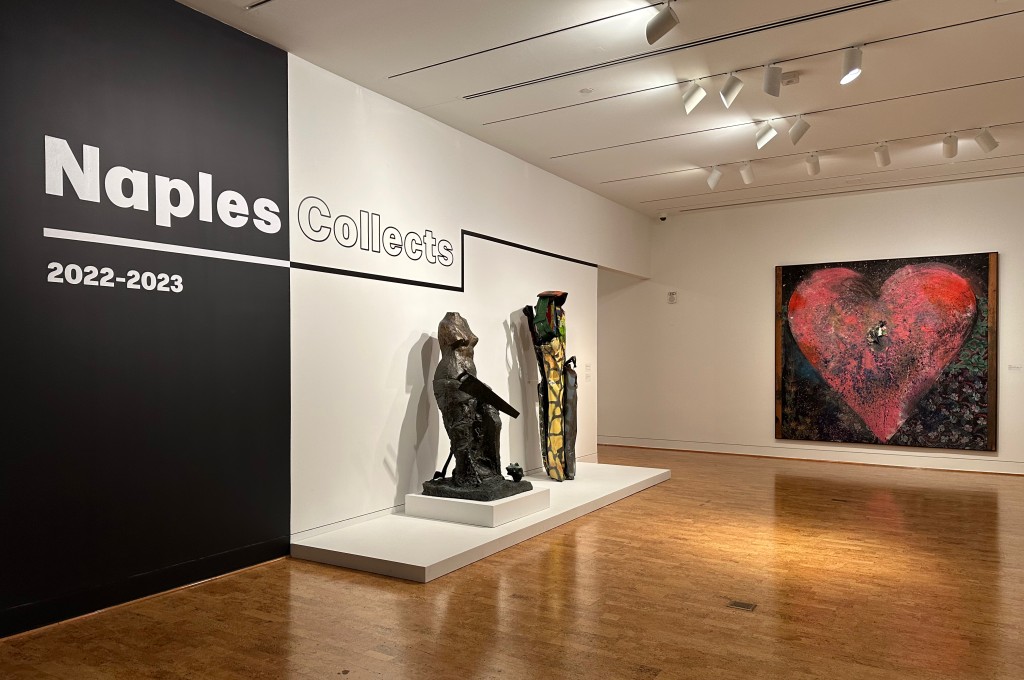
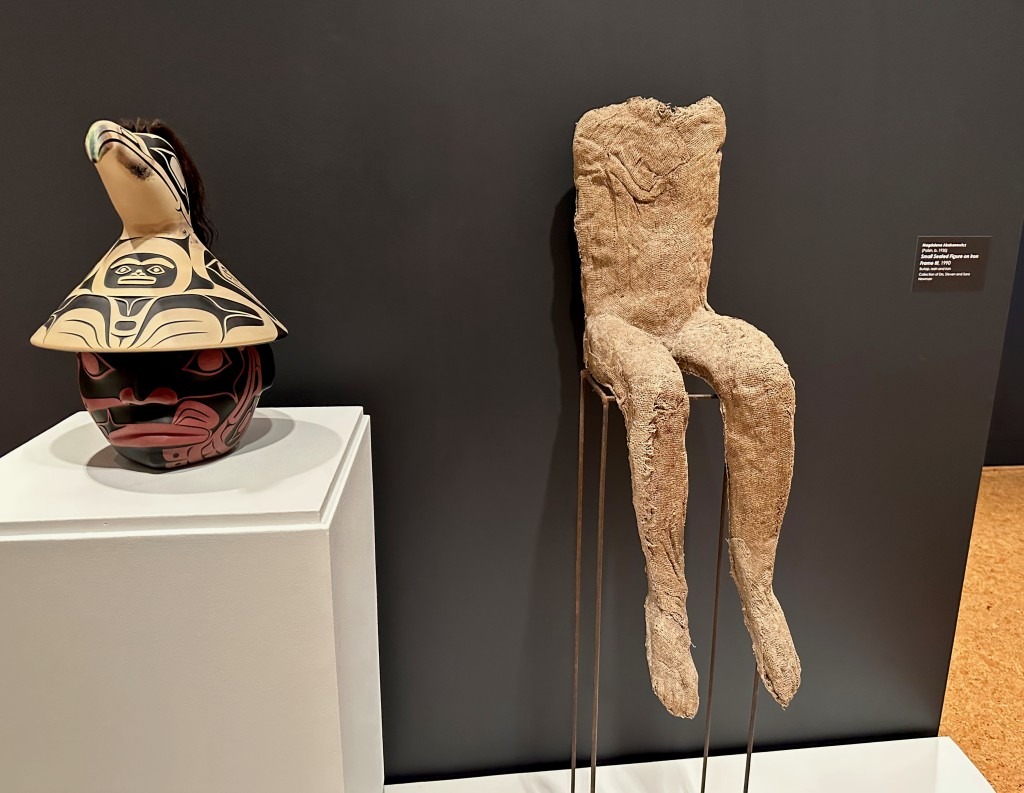
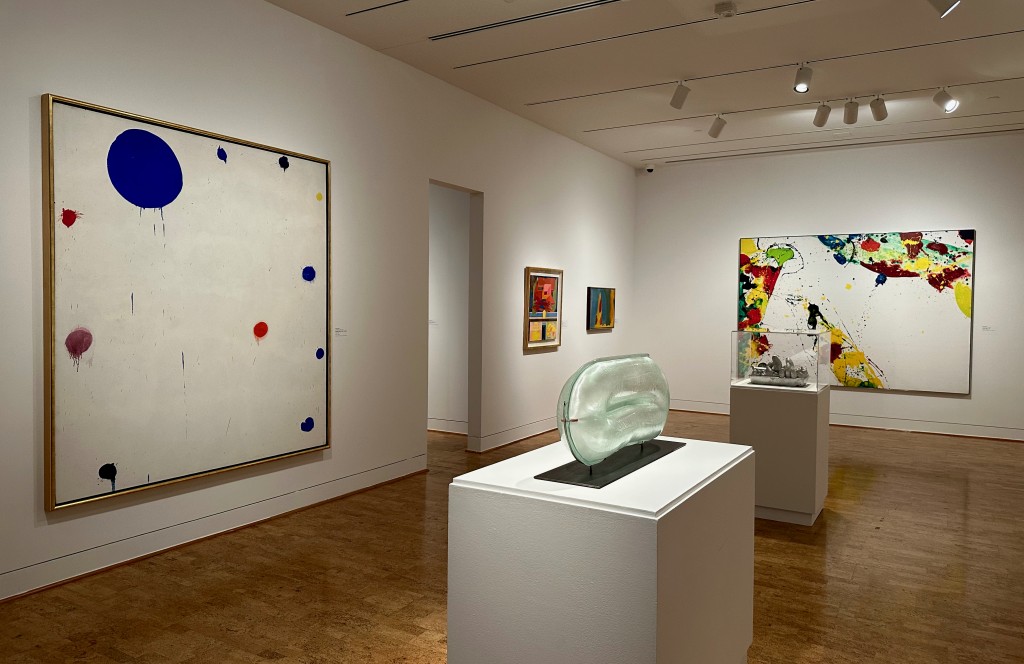
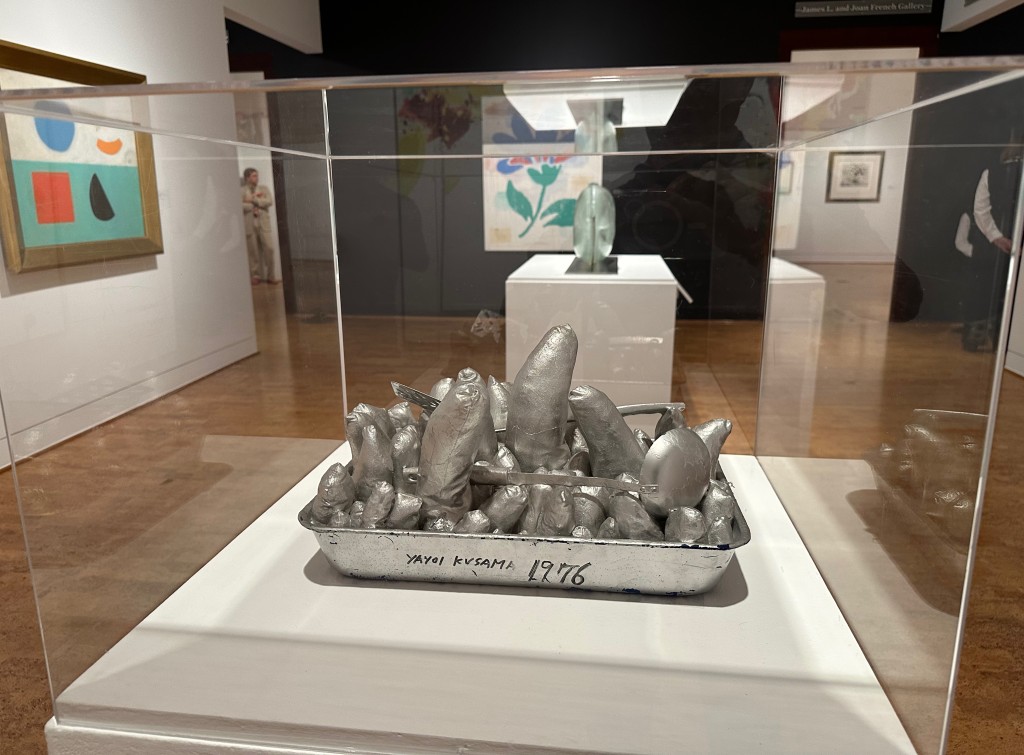
On the first floor is 3° of Separation – Artistic Connections in the Permanent Collection, works from the Baker’s own collection, organized into five themes – American Cubism, Geometric and Biomorphism, Social Realism, Symbolists and Synchromists, Postwar Abstraction.
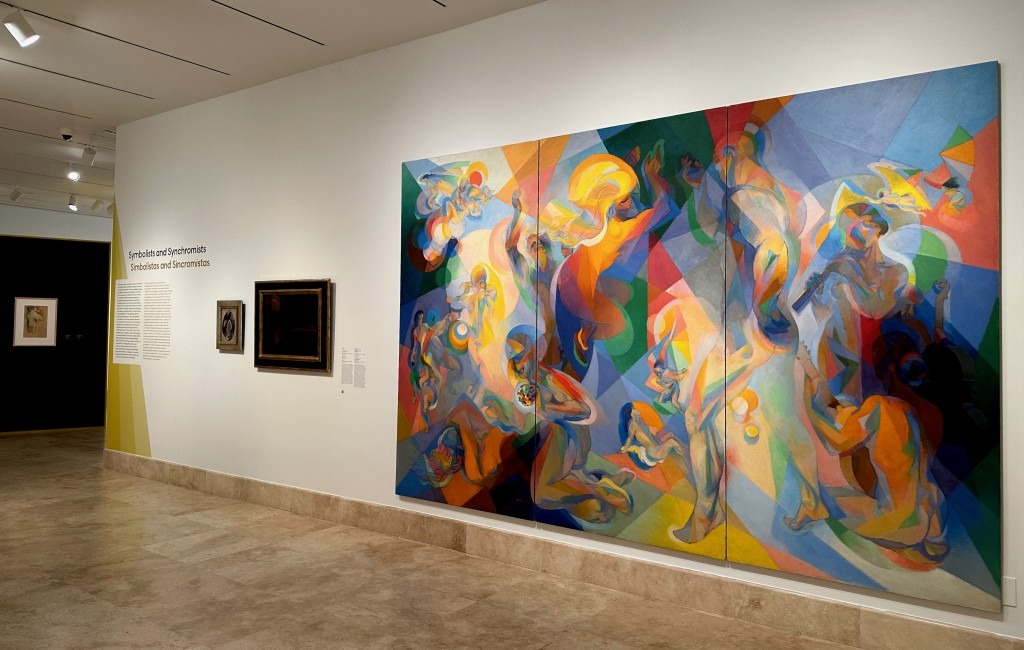
Similar to Naples Collects for the Naples art collecting community, Three Degrees gives visitors a cross-section view of the Baker’s own collection through history and the various periods of art development and social concerns.

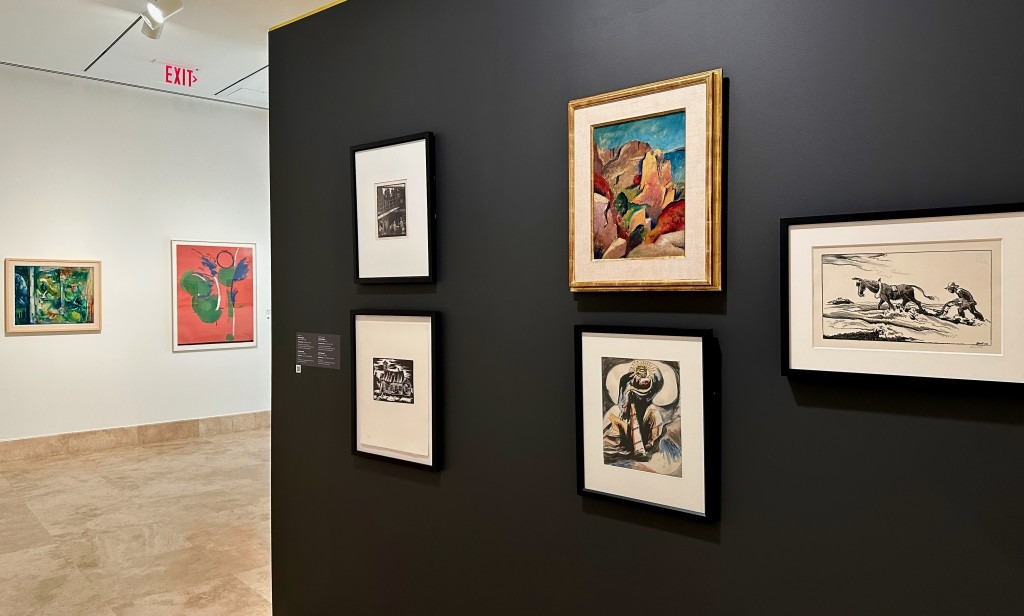
It shows the artists’ imaginations and manipulation of materials to reach their personal aesthetic statements.

Like the Dalí Museum in St. Petersburg, or the collection of antiquities in the Tampa Museum of Art, incongruous to the cities’ local history – how unlikely such works find their way to distant shores of human settlements.
So far from the homes of their creators – yet the universal human experiences they speak to, make them belong everywhere.
